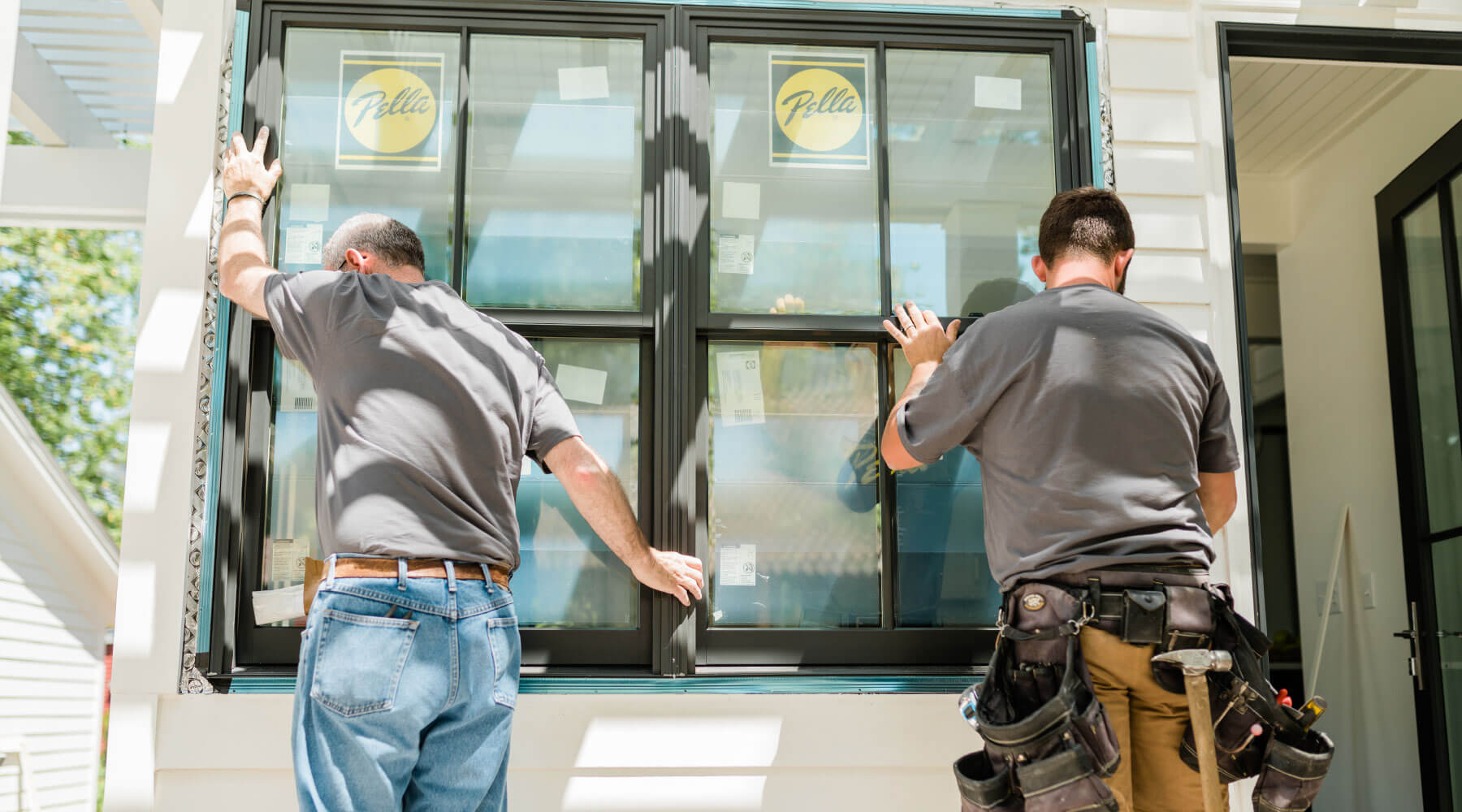 Before installing a new window, homeowners should ensure the window is fitted properly. This is because a window should be able to sit in place without creating a big gap. During the window installation process, the window installer will use a level to ensure that the frame is level. If the window does not fit correctly, the installer may need to add some shims. If you are looking for more tips, check out go now
Before installing a new window, homeowners should ensure the window is fitted properly. This is because a window should be able to sit in place without creating a big gap. During the window installation process, the window installer will use a level to ensure that the frame is level. If the window does not fit correctly, the installer may need to add some shims. If you are looking for more tips, check out go now
Once the window is in place, the installer will need to seal it so that water cannot escape through the window. A good method of doing this is to use a fiberglass or rock wool insulation between the window and the frame. However, it is important to remember that the insulation will begin to lose its effectiveness if it is not packed tightly enough. The installer will then need to fill in the corners with a foam or fiberglass insulation.
The window installation process is a very precise process. First, contractors must measure the window opening to ensure proper fit. They will measure the width of the rough opening and the height at the header and side frame. They will then measure the height and width of the window and adjust the window frame as needed for a good fit. The width and height of the window should be at least 1 inch shorter or thinner than the rough opening measurements.
A settling building may compress a window’s jambs and lead to broken glass. The best way to avoid this is to locate the window receiver block, which is located in the checkrail. Then, remove the lower sash to access the receiver block. Then, insert the shims at the proper locations. When removing the lower sash, use a long bid holder to prevent the window from scuffing.
If the window installation company has previously installed a window, they will need to remove the existing windows before installing a new one. The installer should take care not to cut into the original weather barrier, which is made of specially coated material that is intended to keep water out of walls. They may also need to use an oscillating saw to remove these pieces. After removing the old windows, the installer will remove the old sealants to ensure the new one will stick properly.
Once the window installation is complete, the contractor will need to apply flashing. This is one of the most crucial steps in the process, as an improperly installed flashing could lead to expensive repairs or replacements. Using weatherboard flashing ensures that water will not get inside the window opening and can prevent condensation. The contractor will use shims to level the windowsill and then attach the flashing tape to the sill and the sides.
Before hiring a window installation company, make sure that you discuss the process with the installer. Ask about their policies regarding the safety and cleanliness of the site.
